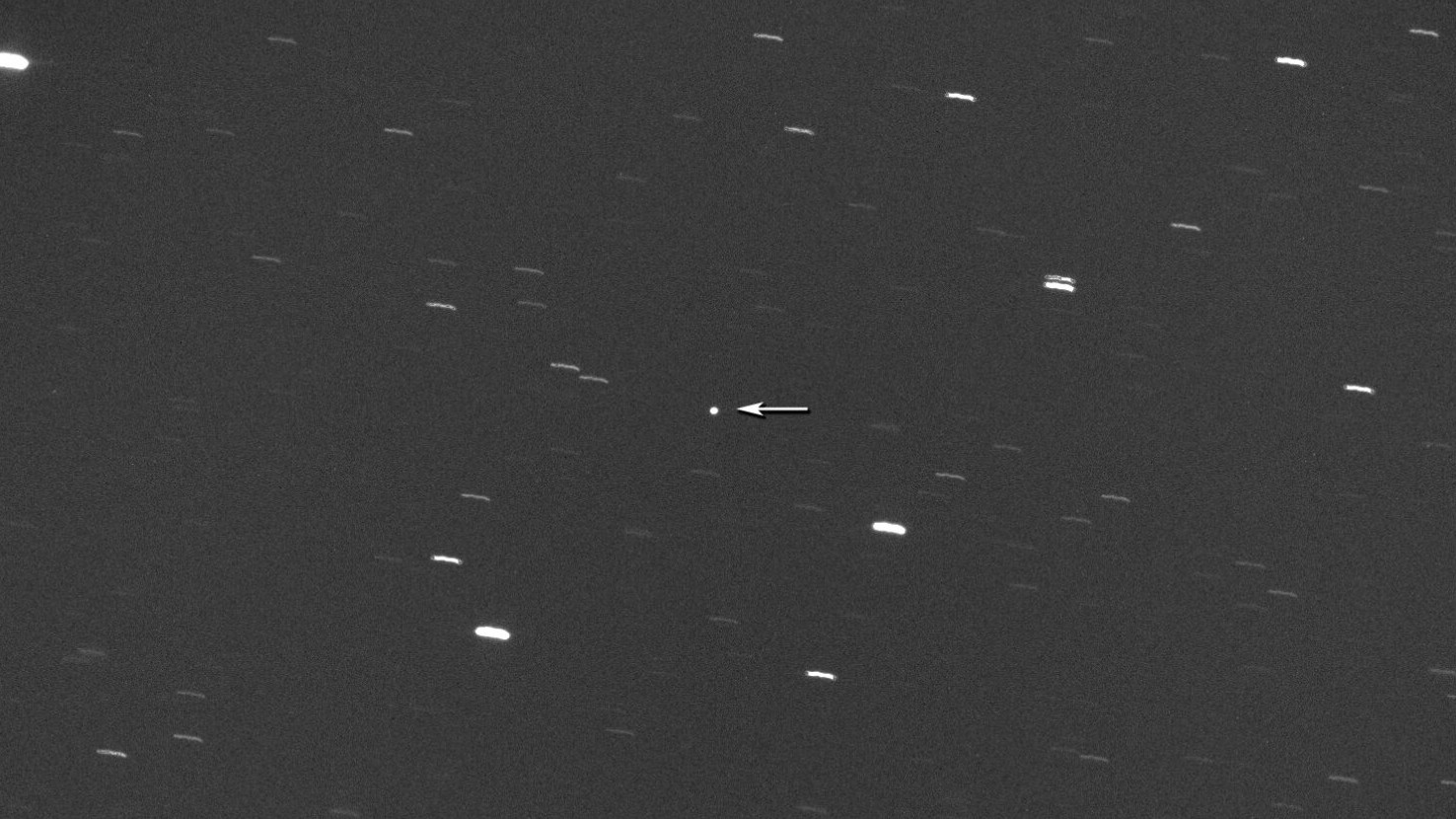Watch On
A probably hazardous asteroid roughly the dimensions of an plane service is because of cross inside 2.8 million miles (3.5 million km) of Earth on June 5 and you’ll watch it occur stay on-line.
NASA and its companions have been monitoring the possibly hazardous asteroid 2008 DG5 ever since its discovery in (you guessed it) 2008 by the Catalina Sky Survey. The Middle for Close to Earth Object Research (CNEOS) estimates it to have a diameter ranging between 1,049-2,296 ft (320-700 meters) – roughly the equal of the size of a Gerald R. Ford-class plane service.
The asteroid will make its closest strategy to Earth at 7.59 p.m. ET (2359 GMT) on June 5, at which era it would cross 2,170,309 miles (3,492,787 kilometers) from our planet, over 9 instances the Earth-moon common orbital distance. At this vary 2008 DG5 can be seen as a solitary level of sunshine to highly effective Earthbound telescopes.
Learn how to watch 2008 DG5 make an in depth strategy to Earth in real-time
The Digital Telescope Venture will host a livestream of the flyby beginning at 6 p.m. ET (2200 GMT) on June 5, that includes real-time views of 2008 DG5 captured by its suite of robotic telescopes.

June 3 noticed the venture launch a picture of the asteroid captured from a distance of two.2 million miles (3.6 million km) utilizing the 17-inch PlaneWave telescope positioned in Manciano, Italy, because the asteroid cruised nearer to Earth. 2008 DG5 may be picked out as a brilliant speck of sunshine, with brief star traces appearing as a tell-tale signal of its motion in opposition to the static starfield past, created because the telescope tracked its place over a 120-second publicity.
NASA classifies an asteroid as probably hazardous based mostly on plenty of components together with its dimension and whether or not it would cross inside 0.05 astronomical items of Earth – the equal of round 4,650,000 miles (7,480,000 km), in keeping with the company’s Jet Propulsion Laboratory.
Over 1,784 PHAs are being actively tracked by the CNEOS, none of that are predicted to strike Earth and trigger widespread harm within the coming century.

